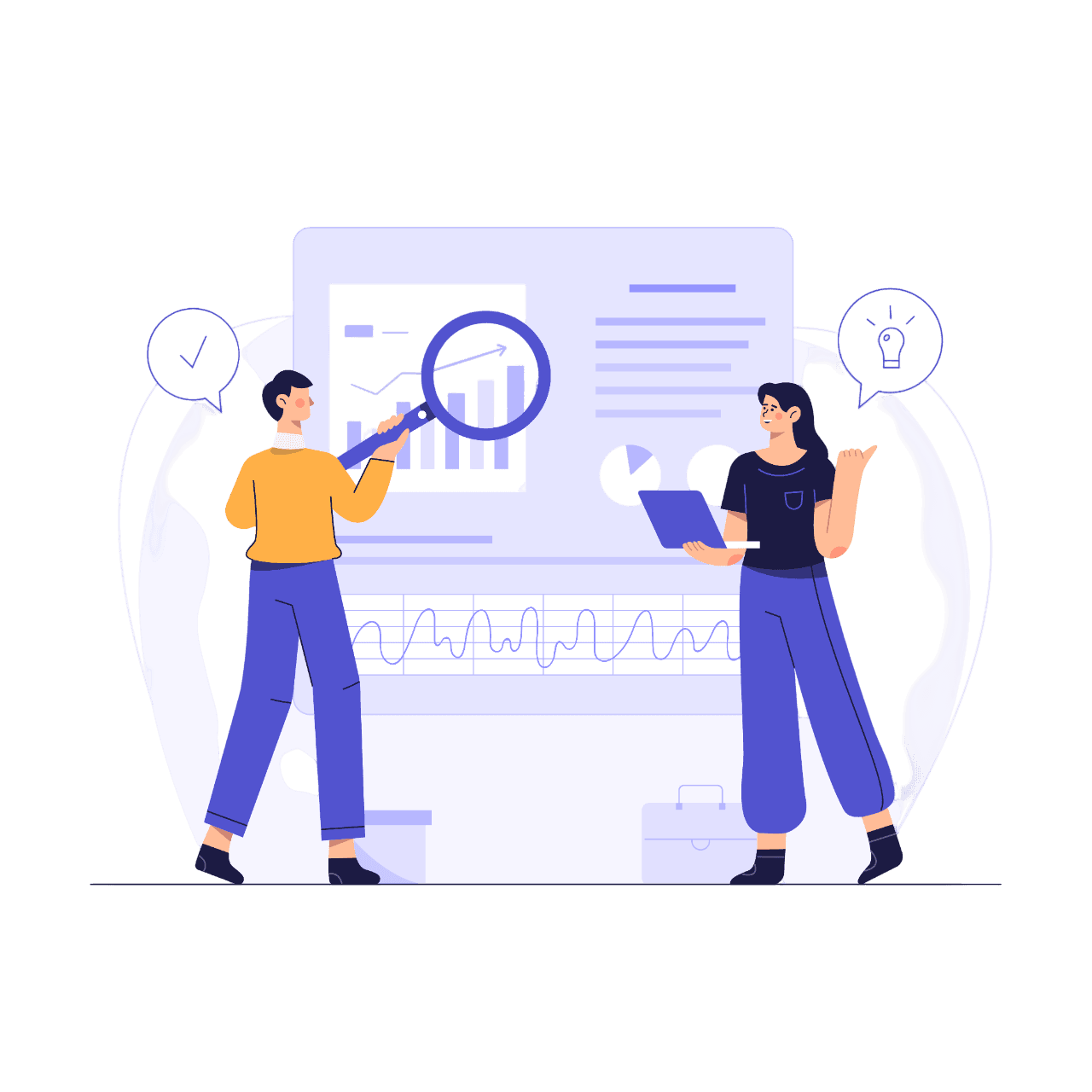Requirement Analysis — The Foundation of Every Successful Project
Every project I build starts with one thing — clarity. Before writing a single line of code, I focus on understanding exactly what needs to be built, why it matters, and how it will create measurable results. This is what I call the Requirement Analysis phase — the foundation that shapes the entire project and ensures that every design decision, every API call, and every user interaction has a clear purpose.
In this stage, my goal is simple: to transform ideas into a structured, strategic plan. I start by diving deep into the client’s goals, business model, and target audience. I ask questions like — Who are we building this for? What real problem are we solving? What does success look like six months after launch? These questions help uncover the “why” behind the project, not just the “what.”
Understanding the Core Vision
Every client has a vision, but translating that vision into an actionable product requires depth. I spend time understanding the business objectives behind the project — not just features, but outcomes. Whether it’s a startup trying to reach product-market fit or an established business looking to optimize performance, I tailor my approach to match the bigger picture.
Through one-on-one discussions, discovery calls, and interactive sessions, I gather insights about your product’s value proposition, your users, and your competitors. This is where strategy meets empathy — I listen, I analyze, and I document every key detail.
Competitor & Market Research
I don’t believe in building blindly. Once the initial requirements are clear, I run detailed competitor research and market analysis to understand what’s already out there and what’s missing. I study market trends, user expectations, and emerging technologies to ensure that what we build isn’t just functional — it’s competitive.
This step helps identify opportunities for innovation, allowing the final product to stand out through performance, usability, or features that competitors simply overlook.
Defining Functional and Non-Functional Requirements
Once the research is complete, I categorize every insight into functional and non-functional requirements. Functional requirements define what the system will do — like user registration, payment processing, or dashboard analytics. Non-functional requirements define how the system will perform — things like scalability, responsiveness, and security.
I use this information to create a clear, structured document that outlines every module, integration, and dependency in detail. This becomes the master guide for the rest of the development process — ensuring nothing gets lost in translation between the idea and implementation.
Translating Goals Into a Blueprint
Here’s the thing — a well-defined requirement document isn’t just paperwork. It’s the foundation for predictable success. I turn complex requirements into a visual roadmap: user flows, data architecture sketches, and milestone breakdowns. This blueprint makes it easy for clients and developers alike to stay aligned on both the vision and the execution.
I also identify technical dependencies early — which database is ideal, whether to use REST or GraphQL, how APIs should interact, and what third-party services are needed. This ensures a smooth transition from planning to development without surprises later.
Risk Analysis and Feasibility Study
Every great plan also accounts for what could go wrong. I evaluate the technical feasibility of features, potential integration challenges, and resource constraints before development begins. This proactive approach reduces risk, prevents costly delays, and ensures the final system remains stable under real-world conditions.
I also define fallback options for critical areas like data handling, API timeouts, and server scaling. The goal is simple — build once, scale easily.
User Journey Mapping
Great software isn’t just functional — it feels right to use. That’s why I build user personas and journey maps during this stage. It helps visualize how a real user will move through the system, where they’ll find value, and where they might struggle. This process directly influences UI/UX decisions later.
Documentation That Drives Clarity
I document everything — user stories, acceptance criteria, data flow diagrams, and edge cases. This clarity helps speed up development, reduce revisions, and keep everyone — clients, designers, and developers — on the same page from day one.
The final documentation usually includes:
- Detailed Software Requirement Specification (SRS)
- Functional and Non-Functional Requirement Lists
- Competitor and Market Research Insights
- User Personas and Journey Maps
- Technical Feasibility and Risk Report
- Project Roadmap and Milestone Timeline
Aligning Technical Planning With SEO & Growth
Since I also focus on SEO and performance, I make sure the architecture decisions support long-term growth — things like clean URL structures, metadata planning, and content hierarchy that search engines can crawl effectively. It’s easier to build SEO-friendly foundations at the start than to patch them later.
Outcome of the Requirement Analysis Phase
By the end of this phase, I deliver a clear and validated blueprint — a single document that defines the entire direction of the project. It includes the scope, timeline, feature list, and measurable success metrics. This ensures that when development begins, there’s no confusion, no guesswork — just execution.
The benefit of doing this right? It saves weeks of rework, reduces budget uncertainty, and keeps the product aligned with real business goals. It’s how I make sure every project I work on starts strong and scales smoothly.
My Personal Philosophy
Over the years, I’ve learned that skipping the requirement analysis phase is like building a house without a blueprint. You might get something built — but not necessarily what you wanted. That’s why I treat this step as sacred. It’s where ideas turn into structure, and structure turns into success.
I don’t just gather requirements — I uncover strategy. I don’t just take notes — I define direction. Because great development doesn’t start with code — it starts with understanding.
